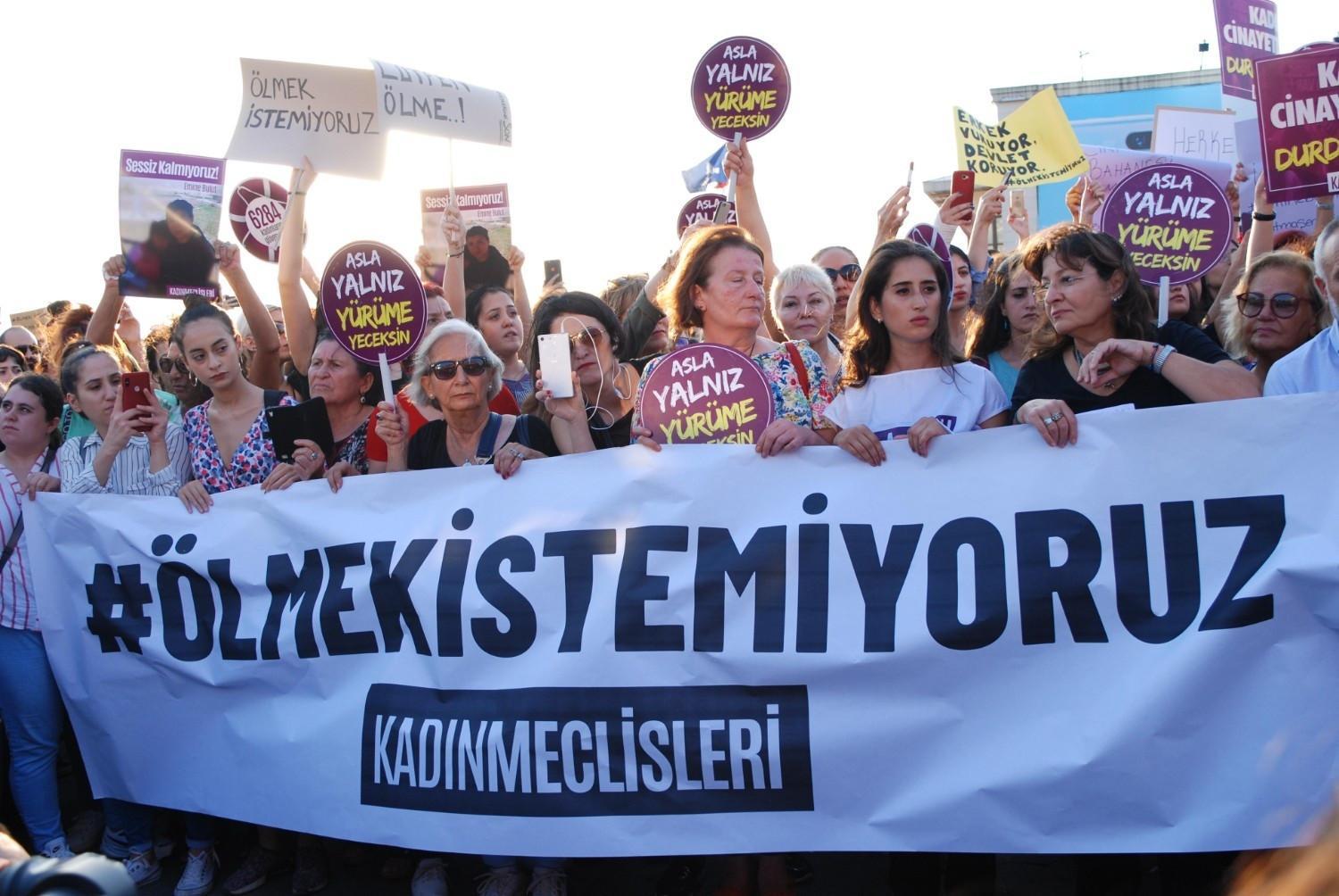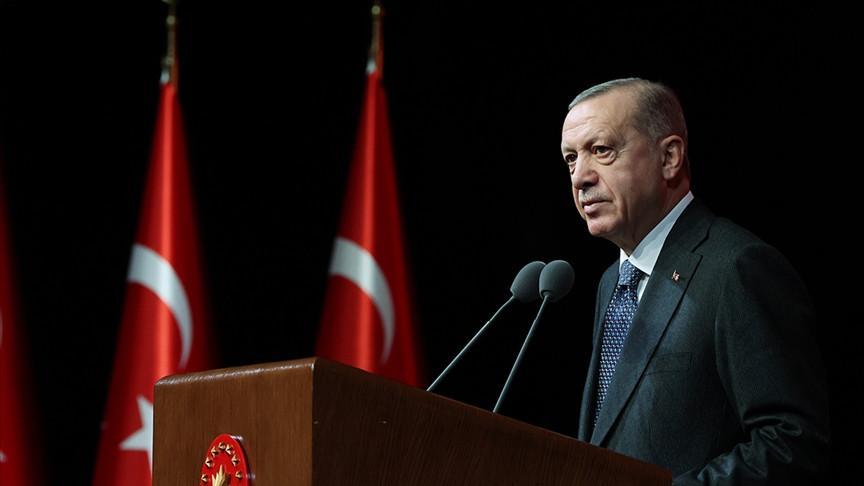Nearly 13 in 100 Turkish women subjected to physical violence: TÜİK
ANKARA

Some 12.8 percent of women in Türkiye have experienced physical violence at least once in their lives, an official report has said, noting that the prevalence of psychological abuse is higher.
The Turkish Statistical Institute (TÜİK), in collaboration with Marmara University, conducted a study on violence against women by interviewing 18,275 women aged 15–59.
The results, published on Oct. 7, indicated that 28.2 percent of women have faced psychological violence, 18.3 percent economic violence and 12.8 percent physical violence at some stage of their lives.
Physical violence was most prevalent among women aged 35–44, followed by those aged 45–49.
Regionally, the highest incidence of physical abuse was reported in northeast Anatolia, while the lowest was in central eastern Anatolia.
Violence against women and femicides continue to be persistent issues in Türkiye. In the first six months of 2025 alone, over 130 women were killed, with lenient court sentences for perpetrators and the authorities’ inadequate protection of reporting women cited as major contributing factors.
In the Oct. 7 report, TÜİK also highlighted that women are subjected to digital harassment and stalking, perpetrated both by strangers and former or current partners.
Economic violence was least reported among women with higher education, at 8.9 percent, emphasizing the importance of achieving financial independence.
When examining the reasons for experiencing physical and/or sexual violence from a spouse or partner, women most frequently cited the man’s lack of anger management, followed by his upbringing and financial difficulties.
Among the respondents, 31.8 percent shared their most recent experience of violence with a female family member, the report noted.
Family and Social Services Minister Mahinur Özdemir Göktaş noted that this is the first survey of its kind in a decade and emphasized that it will now be conducted every five years.
She explained that the study assessed physical, sexual, psychological and economic violence, as well as stalking and digital abuse, both over a lifetime and during the past 12 months. Digital violence, emerging with technological advances and stalking incidents within the past year, was included for the first time.
“We aim to break the cycle of violence before it even begins. As the findings indicate, we cannot ignore the growing threats in digital environments,” Göktaş stated.
















